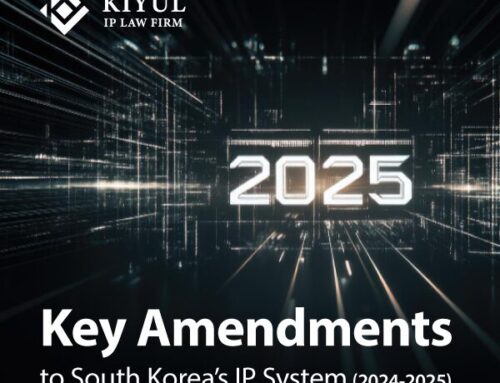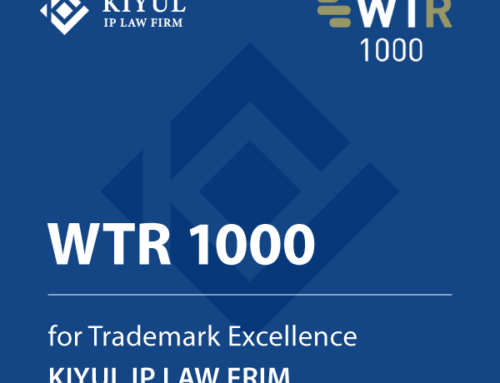Introduction of Trademark Coexistence Agreements in Korea Starting May 2024
Korea’s Intellectual Property Office has announced a significant update to the Trademark Act, implementing the Trademark Coexistence Agreement system effective May 1, 2024. This system, designed to streamline the registration process and reduce conflicts over similar trademarks, aligns with practices already established in regions like the European Union, the United States, Japan, and China.
Implementation and Impact of Korea’s New Trademark Coexistence Agreement System
The coexistence agreement system allows two parties to register identical or similar trademarks for different or related services, based on mutual consent. This approach aims to alleviate the inconveniences faced by trademark applicants who previously had to resort to convoluted methods such as post-registration transfers or partial assignments. The system’s introduction is particularly timely, given the increasing globalization of trade and the frequent overlap in brand identities.
Key Requirements for Submitting Trademark Coexistence Agreements
To facilitate the smooth implementation of these agreements, several requirements have been outlined:
- Timing Requirement: Coexistence agreements must be submitted along with trademark applications or as part of opinion submissions, with provisions for amendments as per the ongoing needs and the Trademark Act.
- Substantive Requirements: Agreements must include crucial details such as the name or corporate name of the involved parties, signature or seal, patent customer number, registration or application number, designated goods, and the date of the agreement.
Criteria for Non-Acceptance of Trademark Coexistence Agreements
Not all coexistence agreements will be accepted. The Korean Intellectual Property Office has set clear criteria for non-acceptance:
- Agreements that are conditional, too comprehensive, or specific to cases that do not meet the standard guidelines.
- Applications for trademarks that have identical marks and designated goods will not be eligible for coexistence agreements.
Potential Benefits and Considerations for Global Brands Under the New System
The introduction of the coexistence agreement system is expected to preemptively resolve potential trademark disputes and promote a more efficient and strategic use of trademarks. For global brands, this means an easier path to enter the Korean market, previously complicated by the presence of similar trademarks. The system not only facilitates market entry but also encourages brands to collaborate and negotiate terms that respect each other’s business interests and trademark rights.
Conclusion
The new Trademark Coexistence Agreement system in Korea marks a progressive step towards accommodating the complex realities of modern trademark law in a globalized marketplace. By adopting this system, Korea is setting a precedent that could influence other nations to consider similar approaches, ultimately fostering a more cooperative international business environment.





